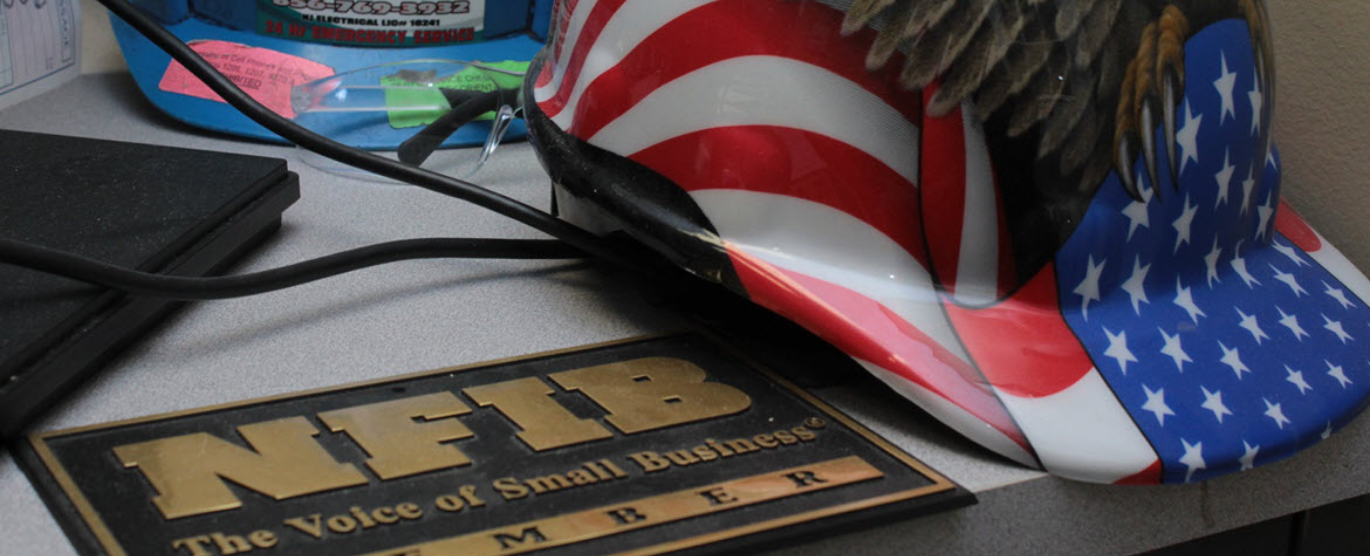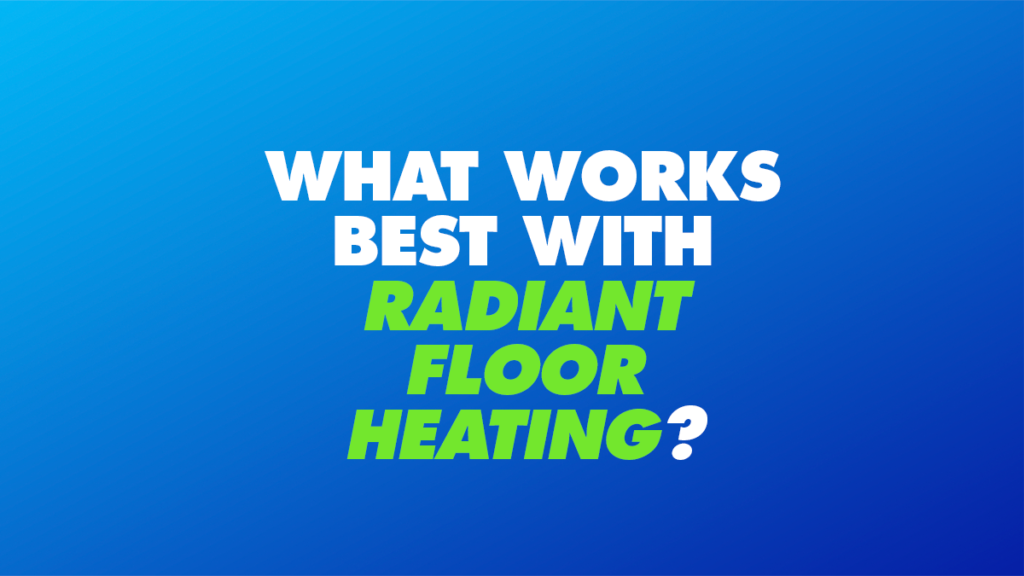Are you considering radiant floor heating in your current home or a home you plan on building? This modern heating system is an efficient way to heat your home and save more long-term. Below, we explore what radiant floor heating really does and the flooring materials that work best with this luxury system.
Radiant Floor Heating and the Best Flooring Materials
What is Radiant Floor Heating?
Radiant floor heating uses a sophisticated system of electric resistance cables underneath the surface of flooring to produce heat in the rooms around your home. This system is connected to a thermostat controller where you can adjust the temperature or set a timer for your heat to turn on and off.
This method of heating evenly and efficiently distributes heat throughout a room and is particularly effective in bathrooms, where cold tile and flooring can be an unpleasant aspect of the cold winter months. While these systems are more expensive than a conventional heating system, their efficiency in heating a home saves money more over time.
Which Flooring Materials Work Best with Radiant Floor Heating?
When considering whether radiant floor heating is for you, you may want to think about the different flooring materials that will work best with your system. The thermal conductivity of these different materials will affect its efficiency and speed, therefore, some rooms may be better suited for radiant floor heating over others, if you’re not looking to have the system run through your whole home.
The flooring materials with the highest thermal conductivity are tile and stone. Underfloor heating is easily transferred to these surfaces and they also retain heat well, making the system more efficient. That said, not many people have tile or stone running throughout their entire home—so, what about other flooring materials?
Wood flooring is a very common find in both old and modern homes. Underfloor heating can be used with many different woods, however, there are variables that can affect its efficiency. The thickness of floorboards may act as an insulator, blocking the heat from passing through the material. The thinner the floorboards are, the better conductivity you’ll feel under your feet. For the best results, engineered timber will be your best bet.
Laminate and vinyl flooring may also be used with underfloor heating. The synthetic materials cool down and heat up quickly, making for an effective material to consider placing a system under.
For rooms with carpet, radiant floor heating can also be effective. However, certain carpets may act as an insulator blocking the heat from the system. A carpet tog is a unit of measurement to indicate a carpet’s thermal insulating properties. This scale typically ranges from .70 to 3.0. For underfloor systems to efficiently put out heat, a carpet’s tog shouldn’t exceed 2.5 on the scale.
Want to learn more about radiant floor heating, its cost, or the process of installation? Contact Eric Krise Plumbing, Heating, and Cooling, and we’ll be happy to answer any of your questions or provide a free quote: 856.769.3932.




